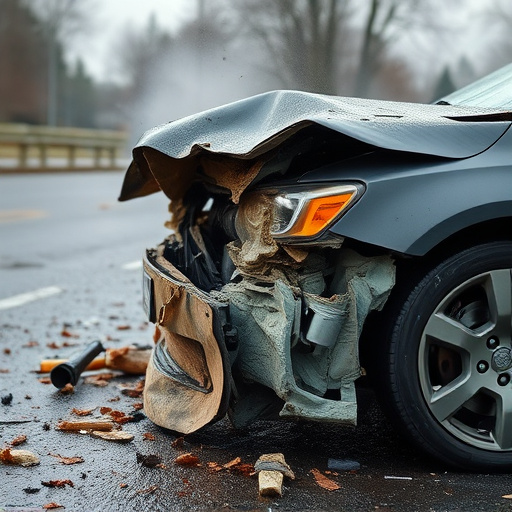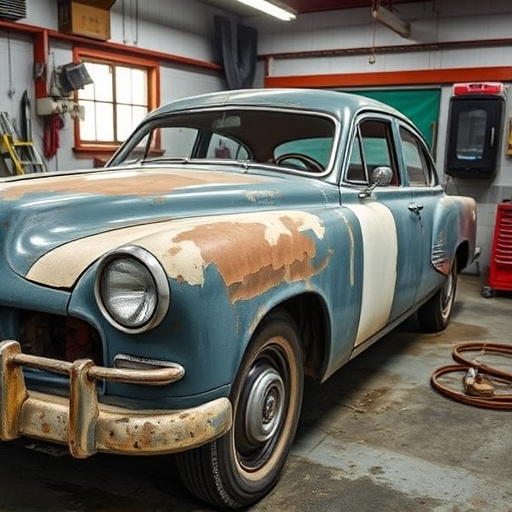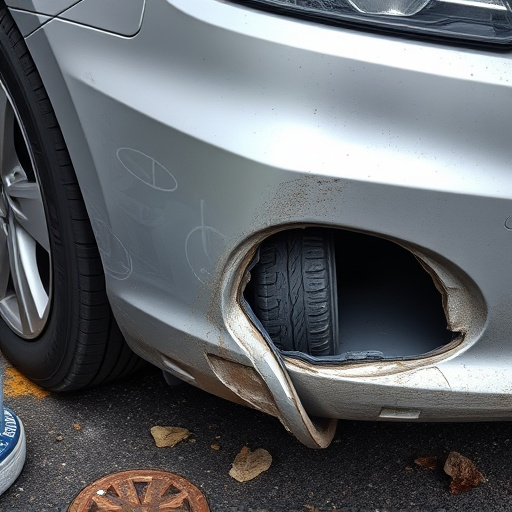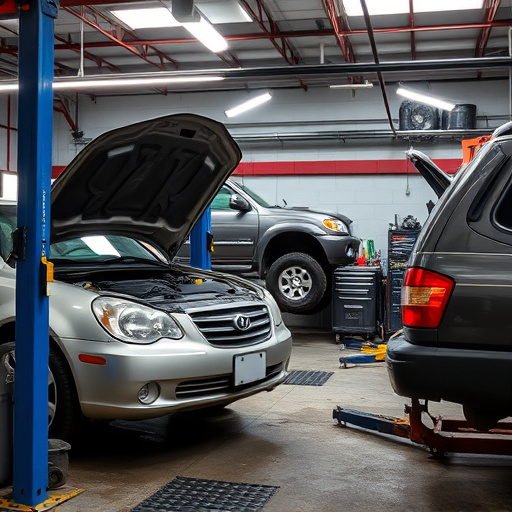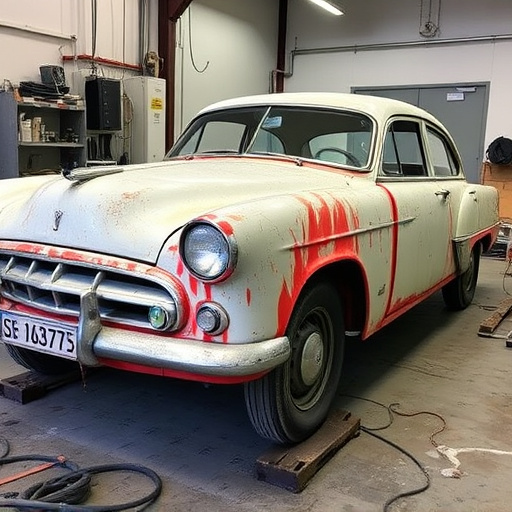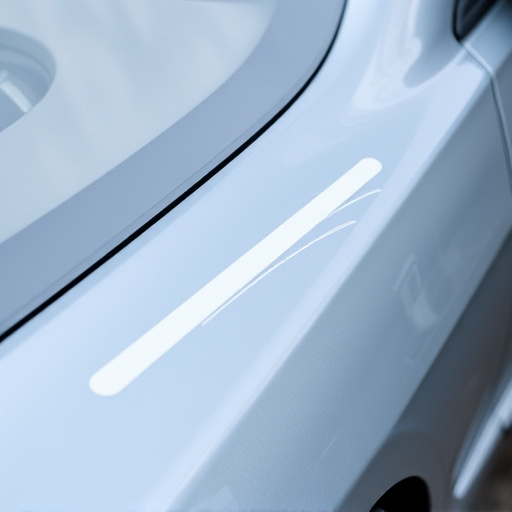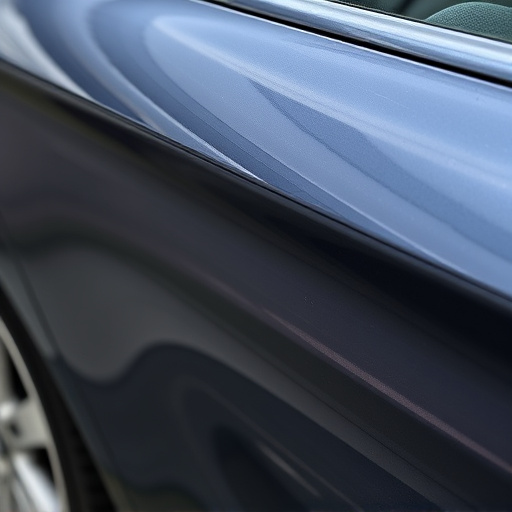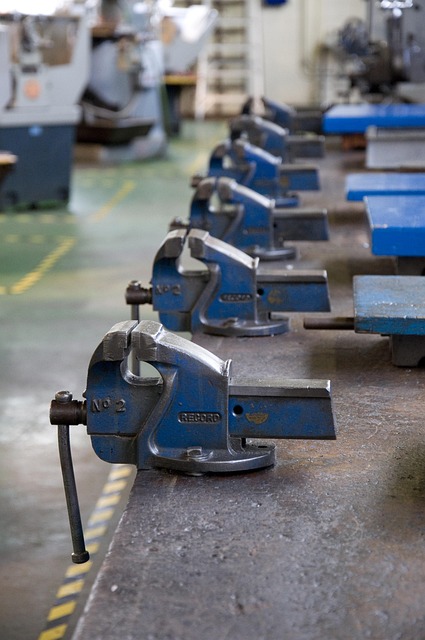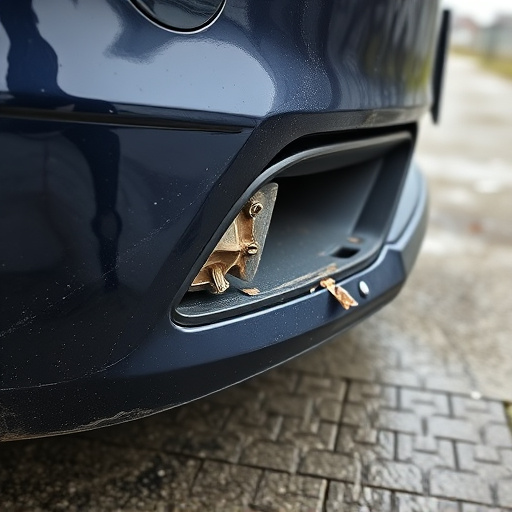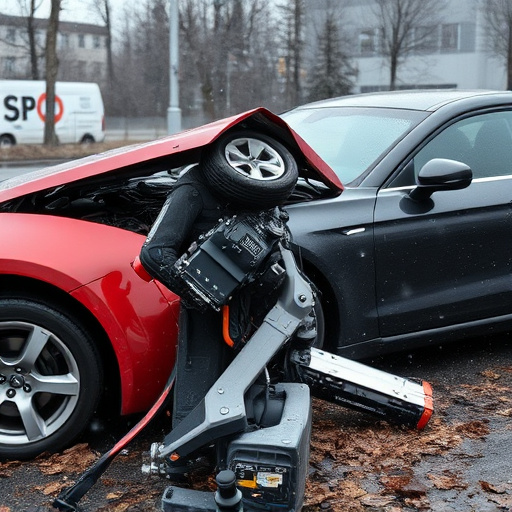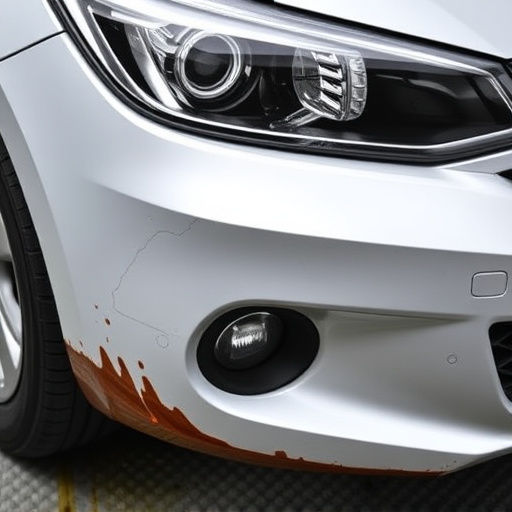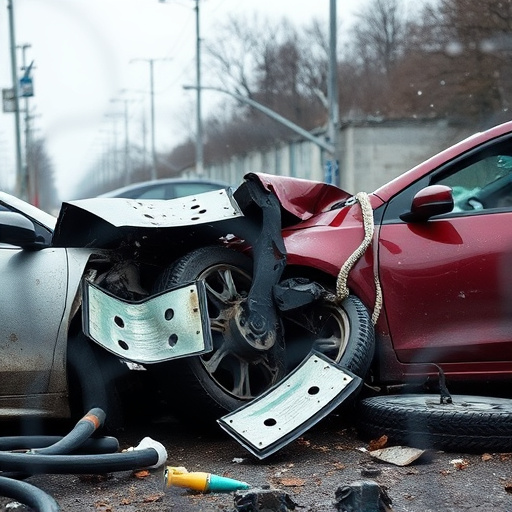Winter weather can severely damage vehicle undercarries and metal components, leading to costly rust repairs if ignored. Regular post-winter inspections are crucial for early detection of rust issues, preserving structural integrity, enhancing safety, and extending vehicle lifespan through prompt rust repair after winter damage. Professional services use specialized techniques like sandblasting and tailored coatings to restore vehicles affected by harsh conditions.
In the aftermath of winter, the cold and moisture can leave vehicles vulnerable to rust, causing hidden structural damage. Timely rust repair is crucial to prevent further compromise. This article delves into the impact of winter on metal, identifies early signs of structural weakness, and explores effective rust repair techniques for a proactive solution. By addressing rust promptly, vehicle owners can safeguard their investment and ensure long-term reliability.
- Winter's Impact: Unveiling Rust's Hidden Damage
- Early Detection: Signs of Structural Weakness
- Proactive Solution: Effective Rust Repair Techniques
Winter's Impact: Unveiling Rust's Hidden Damage
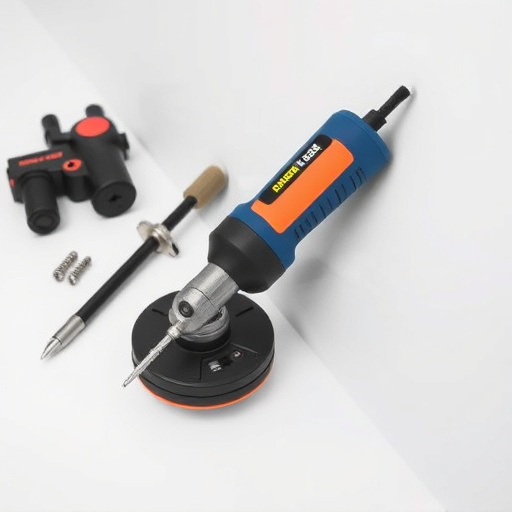
Winter’s harsh conditions can leave unsung heroes—your vehicle’s undercarriage and metal components. During these months, moisture, salt, and varying temperatures create an ideal environment for rust to develop and thrive. What seems like a dormant issue during warmer seasons rears its ugly head as soon as the first frost appears. Over time, this hidden damage can compromise structural integrity, leading to costly repairs if left unattended.
Regularly assessing your vehicle, especially after winter, is crucial for early detection of rust repair needs. Many owners overlook the potential for rust beneath the surface, focusing instead on more visible issues like car dent removal or classic car restoration. However, addressing rust repair promptly prevents further structural compromise and ensures your vehicle’s longevity, offering peace of mind and saving you from extensive auto repair services down the line.
Early Detection: Signs of Structural Weakness
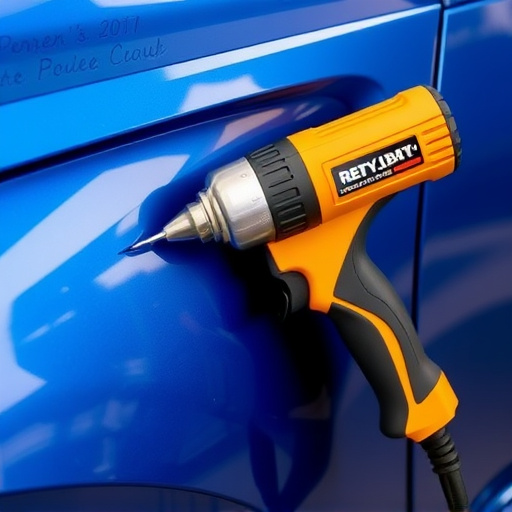
The first signs of structural weakness often manifest as subtle indications of corrosion and wear. After the harsh conditions experienced during winter, it’s crucial to perform a thorough inspection of your vehicle, especially in areas prone to rust damage like underbody components, wheel wells, and chassis. Look for any unusual noises, visible signs of decay, or changes in the way your car handles—these could be early warning signals that structural compromise is imminent.
Regular maintenance routines can significantly delay or even prevent the need for extensive auto body services or automotive collision repair later on. Promptly addressing rust repair after winter damage not only preserves the vehicle’s structural integrity but also ensures a longer-lasting, safer driving experience. Car restoration techniques can be employed to restore affected areas back to their original condition, ensuring your vehicle remains a reliable mode of transportation for years to come.
Proactive Solution: Effective Rust Repair Techniques
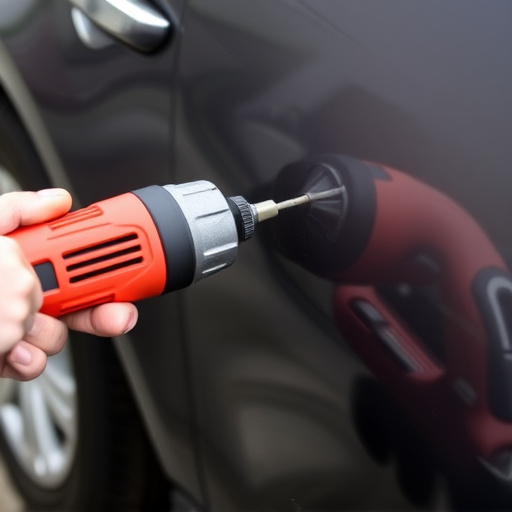
Rust repair after winter damage is a proactive solution to prevent structural compromise in vehicles. The harsh weather conditions during winter can lead to extensive corrosion, causing significant structural and cosmetic issues. Effective rust repair techniques are essential in addressing these problems head-on. Professional automotive repair services often employ specialized tools and methods to effectively remove rust and restore the vehicle’s integrity.
By taking care of rust repair promptly, car owners can avoid more costly automotive body work down the line. It’s a proactive step that ensures the longevity and safety of their vehicles. This process involves meticulous preparation, including sandblasting or media blasting to eliminate loose rust and contaminants, followed by careful application of primers and paints designed to withstand future exposure to elements.
Timely rust repair, especially post-winter, is paramount in preventing structural compromise. By proactively addressing rust’s hidden damage, you not only extend the lifespan of your structures but also ensure their integrity and safety. Incorporating effective rust repair techniques into your maintenance routine can significantly mitigate risks associated with winter damage, keeping both your assets and environment secure for years to come. Remember, early detection is key; regular inspections can help identify signs of structural weakness, enabling prompt action to prevent further deterioration.
